-
Posts
338 -
Joined
-
Last visited
Content Type
Profiles
Forums
Gallery
Events
Posts posted by Pete Jaquith
-
-
-
Phil,
The following pictures illustrate copper sheathing applied on my Brigantine "Newsboy" 1854 in 3/16" (1:64) scale. Copper sheathing was applied using Bluejacket self adhesive copper tape cut into individual 1/4" x 3/4" plates using a simple card cutter. I did not emboss a nail pattern due to the scale. Blue masking tape strips were used as an application guide.
Regards,
Pete
-
Hi Michael,
In my 14 Gun Brig "Fair American" build (here on MSW) I choose to use filler blocks to assist in hull fairing as well as providing improved support for planking. Filler blocks were bass wood glued to the bulkheads prior to hull assembly. Fairing was accomplished using 60 grit sandpaper wrapped around hardwood dowels. This approach was successful in providing a well faired hull from an inaccurate set of kit furnished bulkheads. I wood recommend bass wood or pine for filler blocks as its easy to work with but strong enough to support planking.
Regards,
Pete
- thibaultron, Baker, mtaylor and 5 others
-
 8
8
-
-
- thibaultron, Stoyne, Roger Pellett and 7 others
-
 10
10
-
Hi John,
Very nice model of a beautiful/interesting mid 1850's American sailing ship. Your model gives a real feel of these small working vessels.
Regards,
Pete
-
Paulie-bag-a-donuts,
Some time ago I posted the following notes on carving solid hulls:
http://modelshipworld.com/index.php/topic/7105-shaping-solid-ship-model-hulls/
Regards,
Pete
-
- omarcs, mtaylor, popeye the sailor and 3 others
-
 6
6
-
Chuck,
If there was sufficient interest there, I would like to see a series of quality mid 1800's American merchant sail. This is an interesting period of marine history and it played an inportant role in developing the United States economy. Additionally, the brigs, brigantines, packards, and clipper ships were beautiful ships.
Key attributes for these kits would include: quality plans, quality instructions, quality fittings, and prime wood. Hull construction could be POB or POS. Fabrication of deck furniture, masts, spars could be left to the modeler.
Regards,
Pete
-
- Gerhardvienna, Stevinne, BANYAN and 8 others
-
 11
11
-
Tim,
With respect to plating your 1:192 scale liberty ship model the following points might be considered:
- Depending in the shipyard some liberties were fully welded, some had welded hull plating with riveted frames, and some had rivited hull plating with riveted frames
- At 1:192 scale 1" shell plating (.75" might be more typical) would be .0052" in scale, so I would suggest keeping the plating sutle
Regards,
Pete
Shipbuilder
-
-
-
Halbaby7,
You will find pictures and helpful hints re working with solid hulls at my Brigantine "Newsboy" 1853 build log here at MSW.
http://modelshipworld.com/index.php/topic/6454-brigantine-newsboy-1854-by-pete-jaquith-ms/page-1
Regards,
Pete
- ScottRC, grsjax, Mirabell61 and 3 others
-
 6
6
-
- thibaultron, dgbot, Jack12477 and 2 others
-
 5
5
-
-
-
-
-
-
For those modelers and marine historians interested in American Merchant Sail of the mid 1800’s, the following are three fine reference books by William L. Crothers:
The American-Built Clipper Ship 1850-1856
This well researched book describes the characteristics, design, construction, and details of American built clipper ships from the mid 1800’s. The book is well illustrated and gives a unique insight into the design and construction of these beautiful ships. The book describes in detail the design, arrangements, hull framing and fastening, and outfitting of these great American ships. Tables summarize the arrangements and details of most American clipper ships of the subject period. Masting and rigging are not covered in detail but they are addressed in The Masting of American Merchant Sail in the 1850’s by William L. Crothers.
American-Built Packets and Freighters of the 1850’s
This well researched book describes the characteristics, design, construction, and details of American built packet and freight ships from the mid 1800’s. The book is well illustrated and gives a unique insight into the design and construction of these important ships. The book describes in detail the design, arrangements, hull framing and fastening, and outfitting of these fine American ships. Tables summarize the arrangements and details of many American merchant sail from the subject period. Masting and rigging are not covered in detail but they are addressed in The Masting of American Merchant Sail in the 1850’s by William L. Crothers.
The Masting of American Merchant Sail in the 1850’s
This well researched book describes the masting, yards, and rigging of American built clipper, packet, and freight ships from the mid 1800’s. The book is well illustrated and gives a unique insight into the design and construction of these beautiful ships. The book describes in detail the masting and rigging design, arrangements, and fabrication of these beautiful ships. Tables summarize the arrangements and details of many American merchant sail from the subject period. Hull construction and hull outfitting of these ships are addressed in The American-Built Clipper Ships 1850-1856 and American-Built Packets and Freighters of the 1850’s by William L. Crothers.
Regards,
Pete
- flying_dutchman2, ccoyle, mtaylor and 2 others
-
 5
5
-
I have used aniline dye in furniture building. In building Windsor chairs with different wood species (pine, maple, and ash) I used different dye concentrations to match the color. Chair assembly was done after dyeing with no dificulties using Tilebond wood glue. Based on my experience, I recommend you dye your material off the model.
Regards,
Pete
-
-
Floyd, Jeff,
Ships curves were developed for drafting/fairing ships lines plans. Their formilation gives a better fit with the shape we run into as ship model builders. A full set of 156 curves is hard to find and expensive, but you can find a selected set of 6-8 curves for a reasonable cost on the internet.
For cutting pieces to shape, I use a few ships curves almost as much as a steel straight edge.
Regards,
Pete


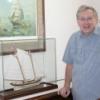
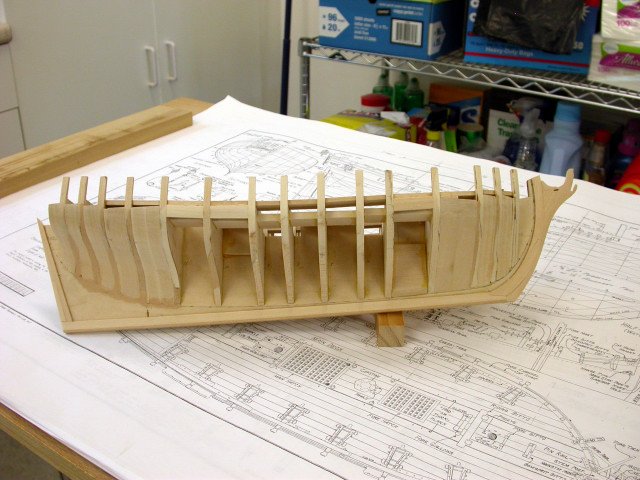

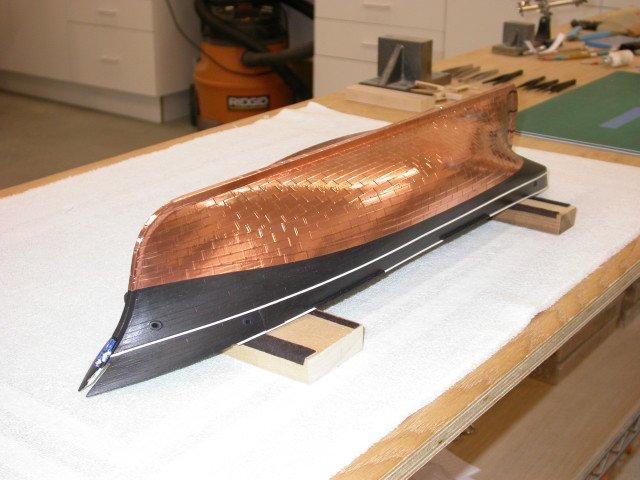
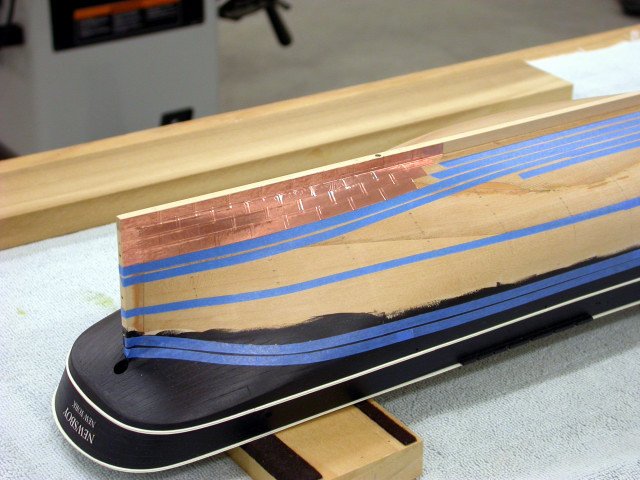
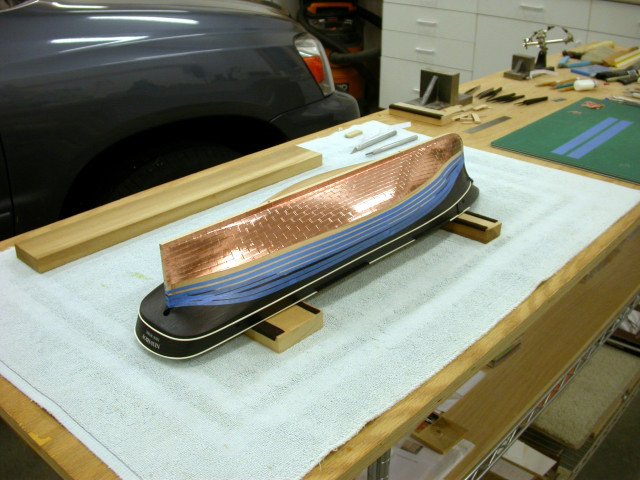
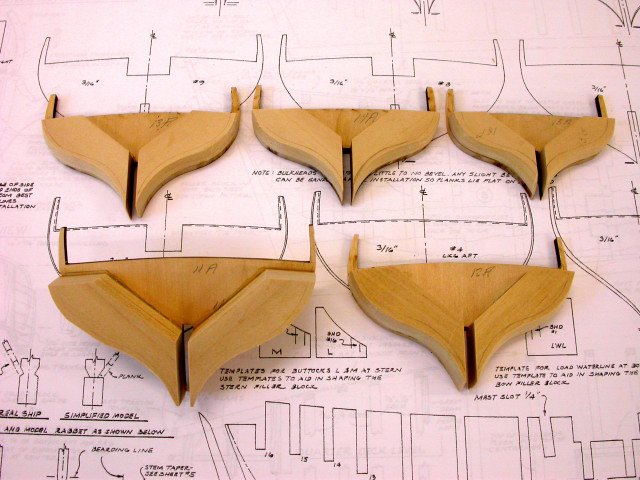

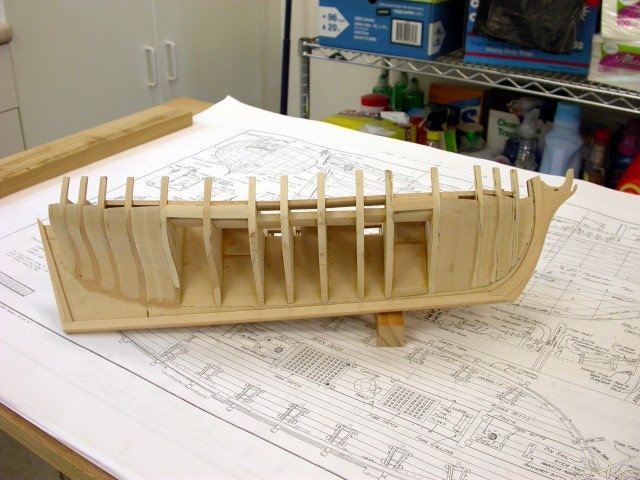
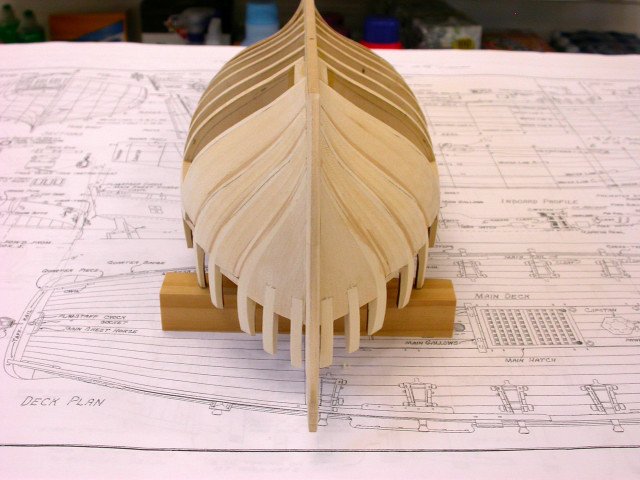
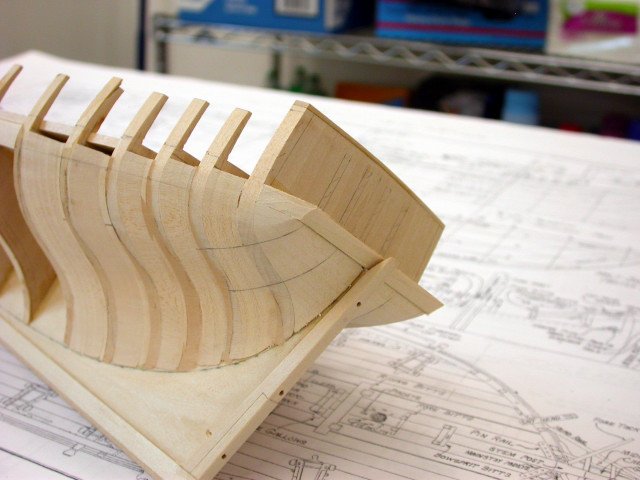
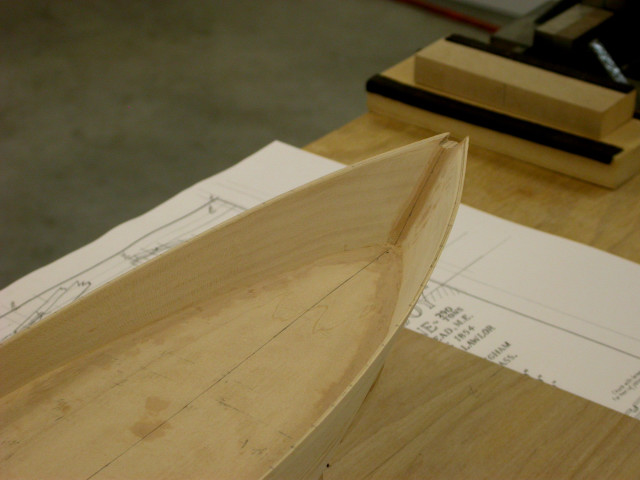
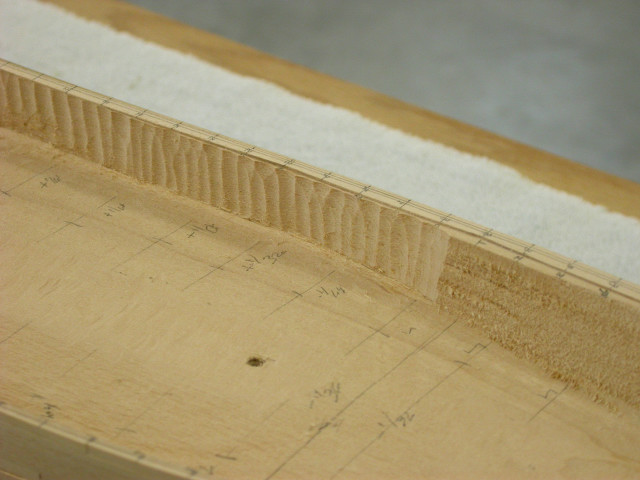
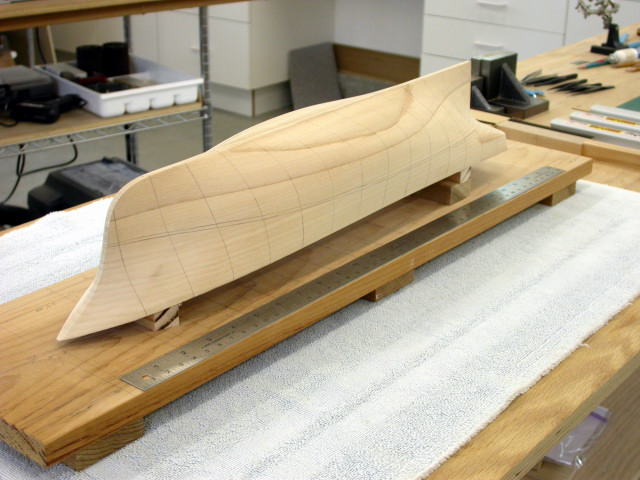
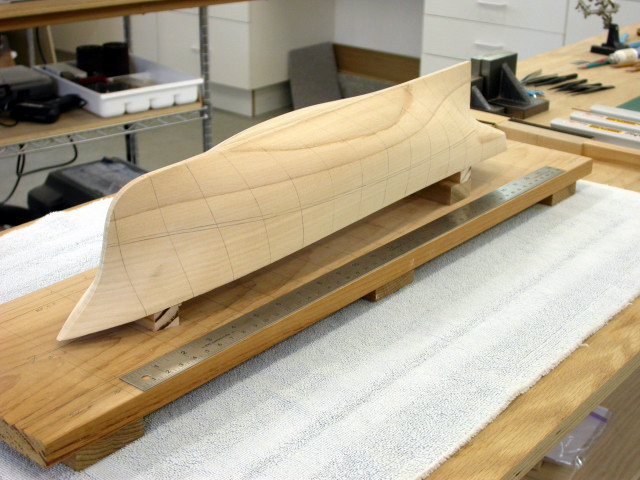
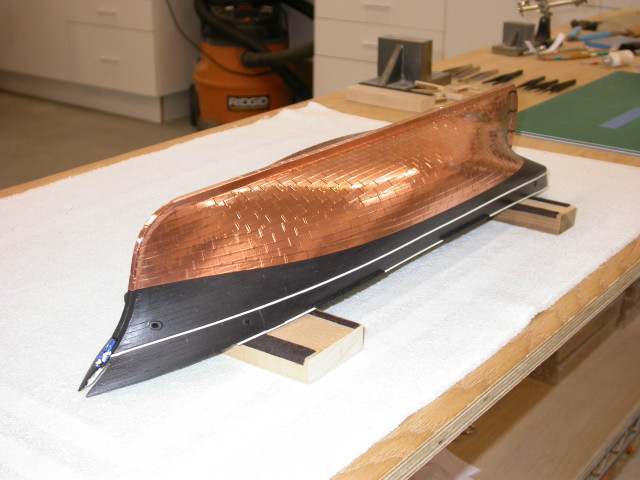
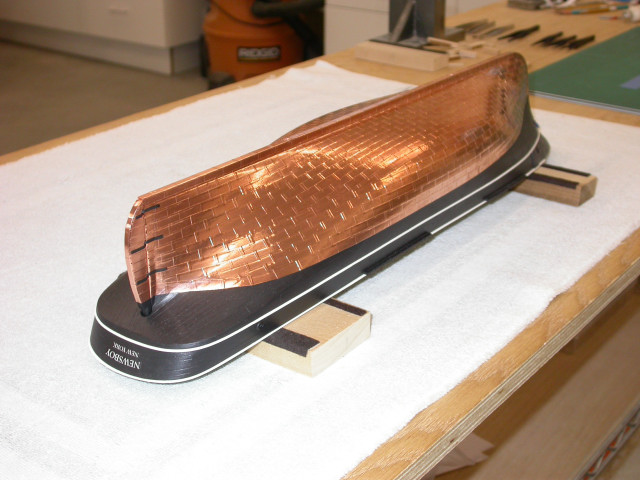
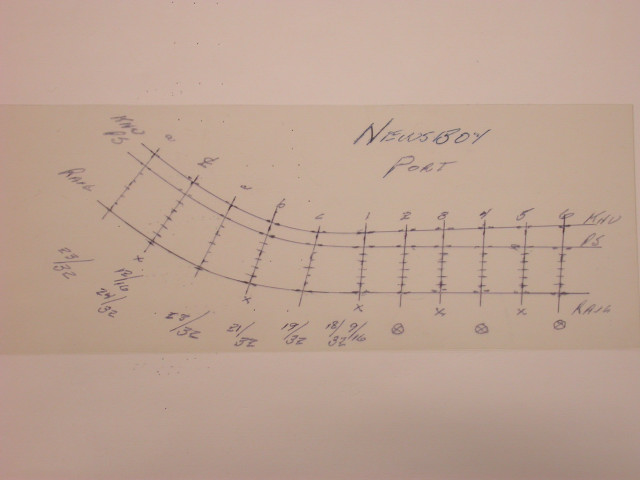
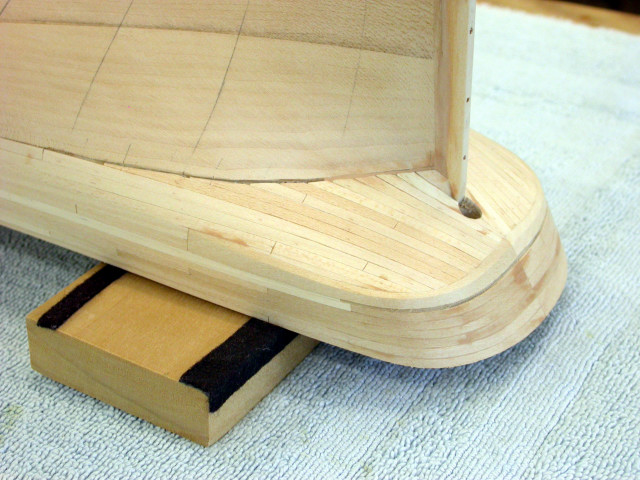
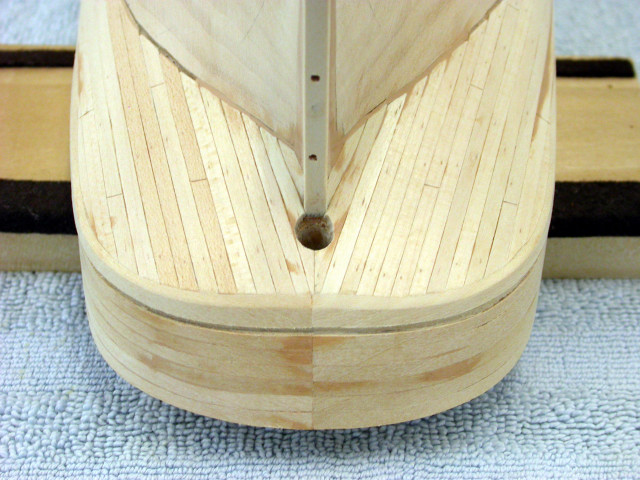
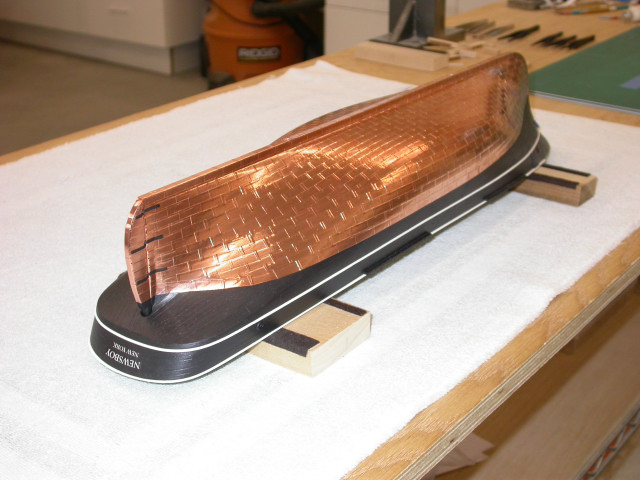
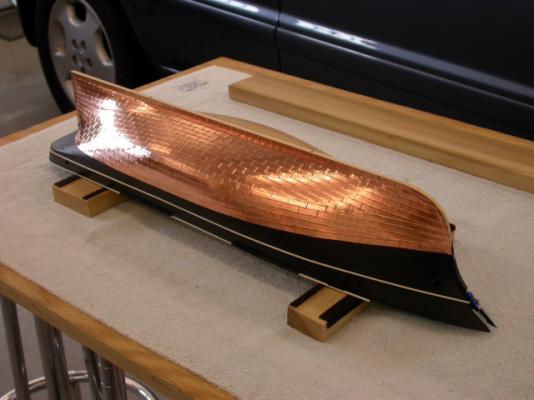
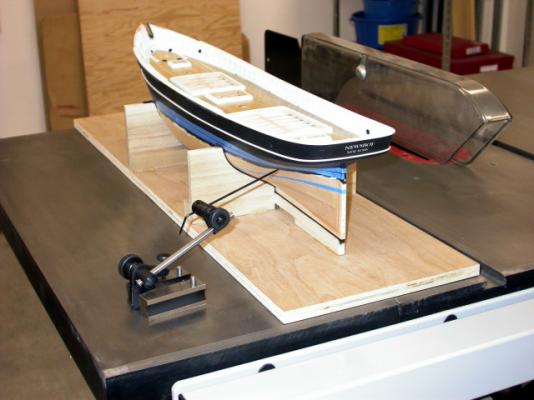
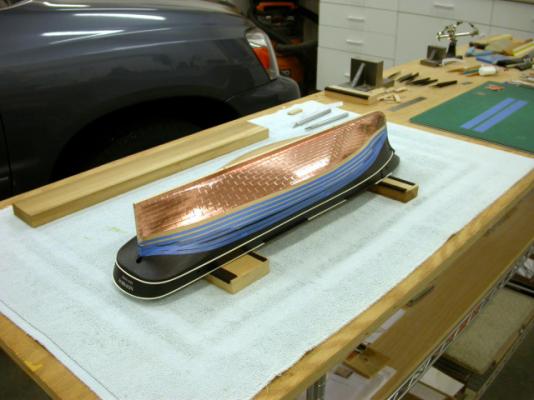
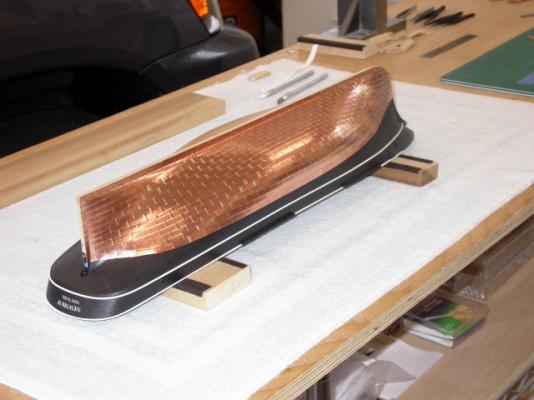
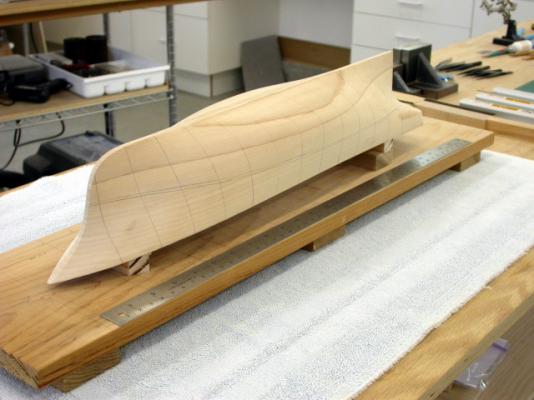
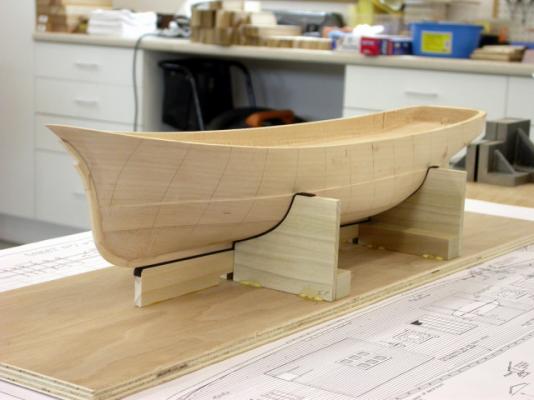
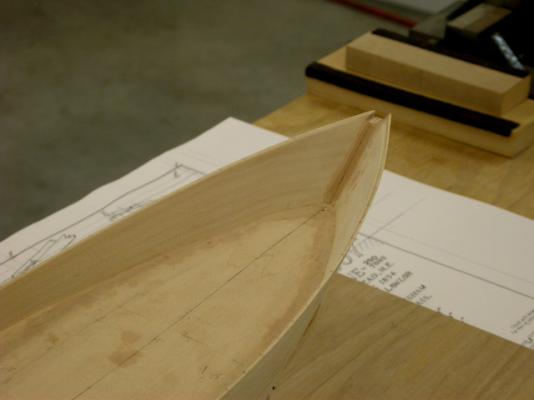
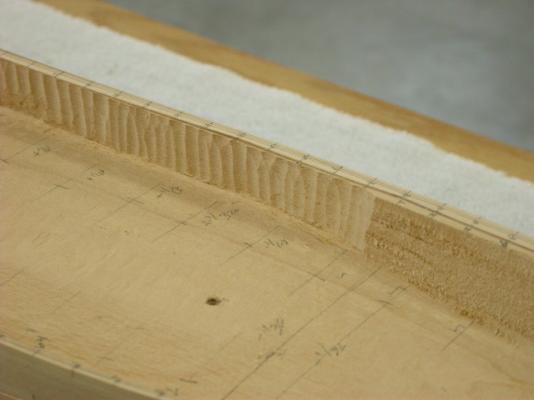
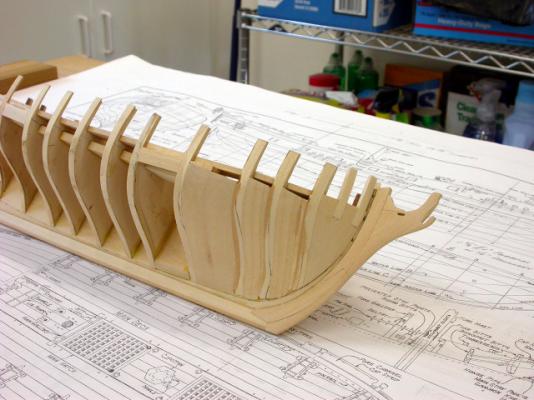
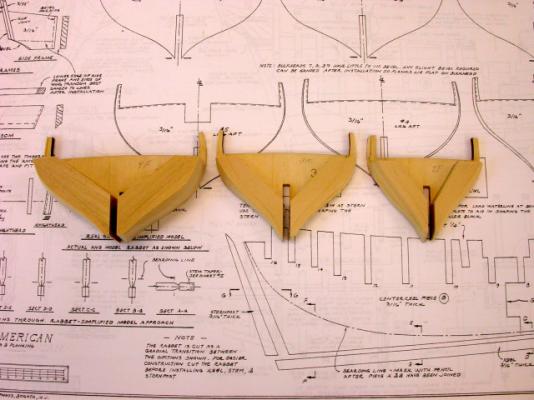
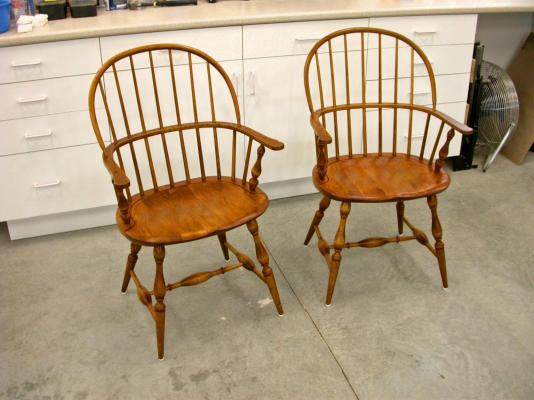
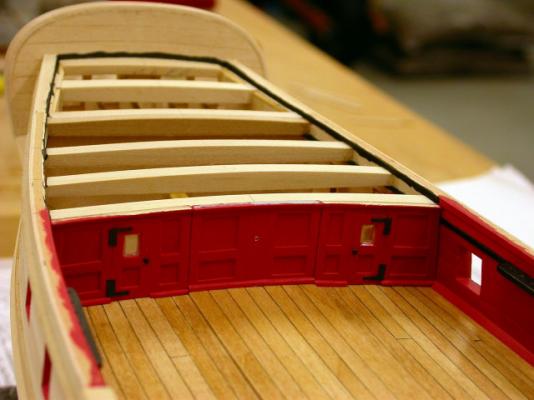
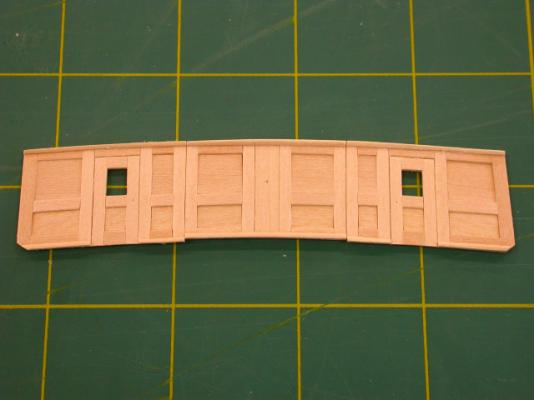
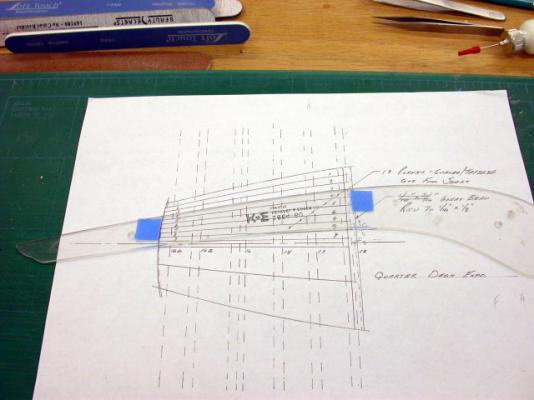
How to chisel a solid hull boat
in Wood discussion...Where to use it? Where to get it? What types are best? How to Finish it?
Posted
Hi Chuck,
I would suggest the use of sharp gouge and chisels finished off with flexible sanding sticks. If the deck is low or lacks camber, you can build it up as shown below. You will find more pictures on carving and working with solid hulls in my Brigantine Newsboy of 1854 build log here at MSW.
Regards,
Pete